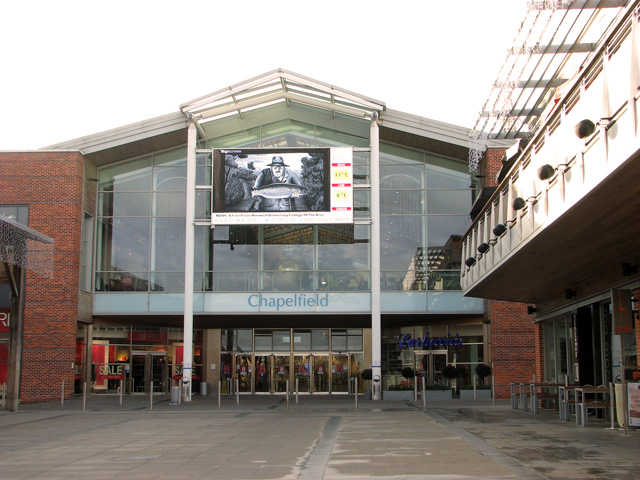Group Tutorials - 31st October
The tutorials today gave me my first opportunity to take a peek at other people's work, based on the scarf project. One of the main things that stood out to me was everybody's use of photoshop, adapting images and creating digital patterns. Considering this is a digital project, it is something I definitely need to think about using. From digitally created Photoshop patterns, I aim to re-draw these by hand, adding personal elements as to make the repeats less rigid and digital, reflecting my way of working more.
Another thing I need to think about is the theme running through this project, NORWICH. Something which kept coming up time and time again was making sure that it is clear the Norwich is an evident theme in the project drawings, but also heading into the final scarf design. There must be clear and visible links which are obvious to those who are not following our work. This will be difficult to bring into my work as I am focusing on the details of decorative architecture of Norwich. Perhaps I can overcome this difficulty through use of colour scheme and by looking into decorative lettering, such as pub signs too. This would bring me back towards the theme of Norwich.
For this reason I think one of my main next steps is to create a mood board based on the colour schemes that I think reflect Norwich, and how they are used in fashion and textiles. I must continue with my drawings in order to keep coming up with new ideas and designs for my scarf project and I really need to start thinking about materials and digital techniques I want to be using in my final scarf design.






.JPG)

.jpg)



